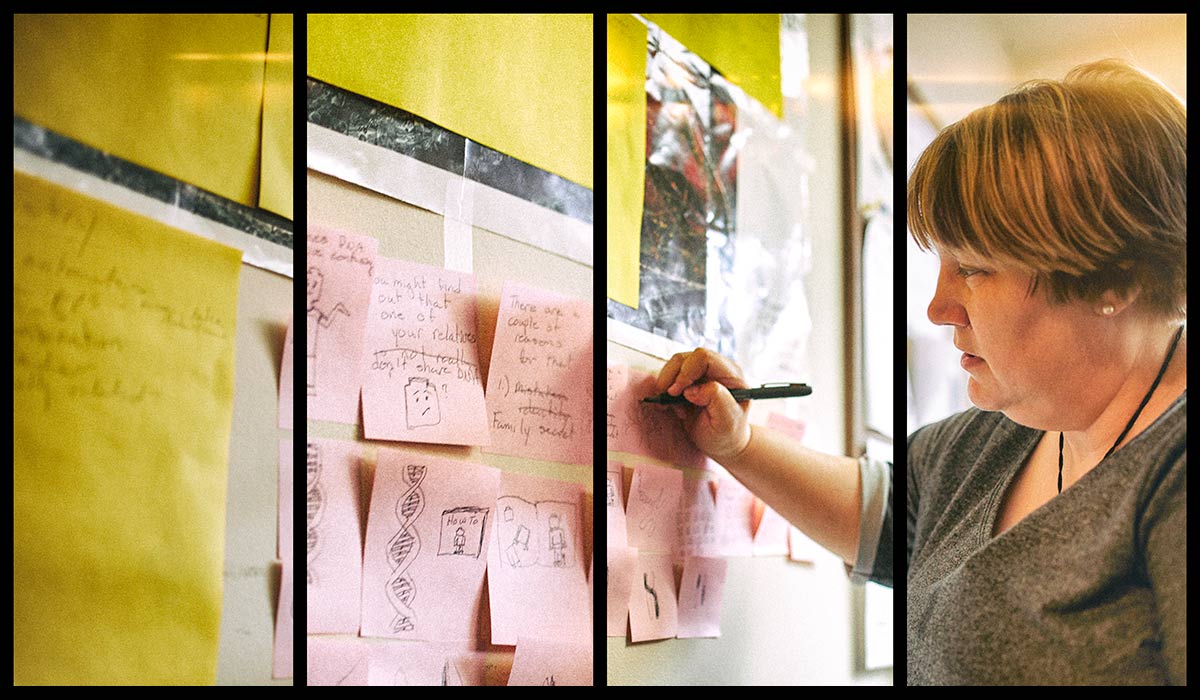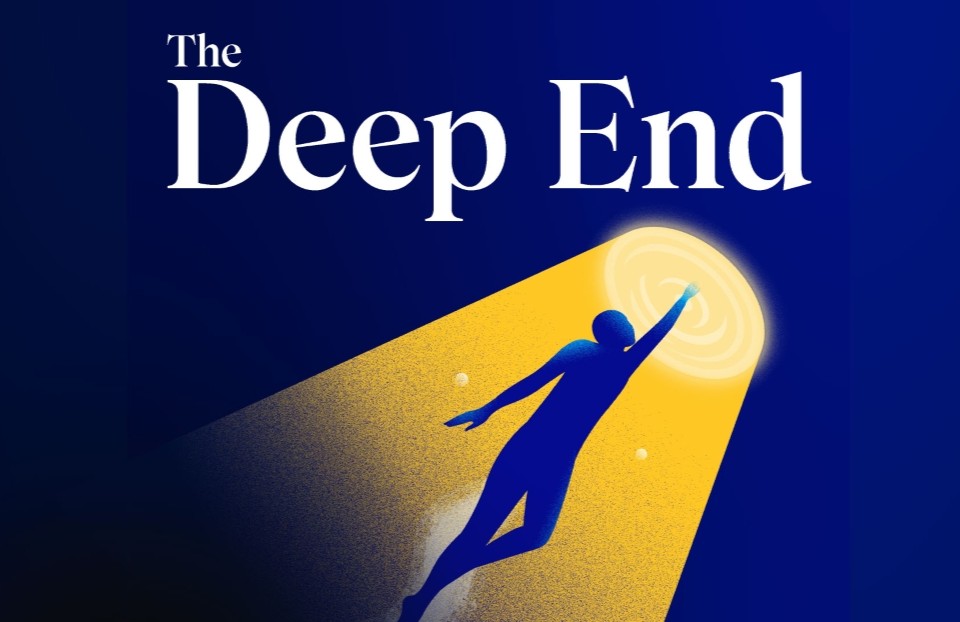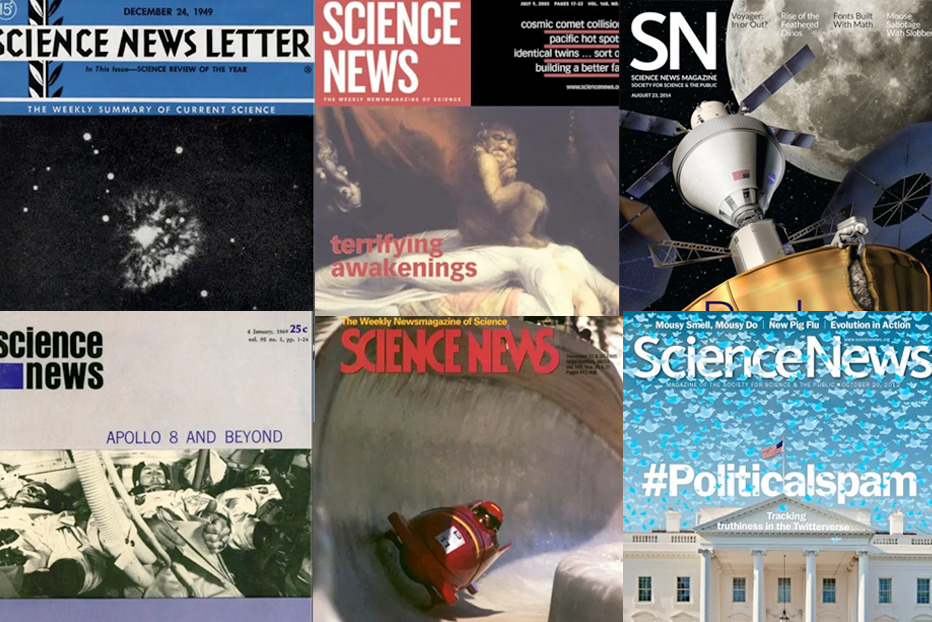The science behind consumer DNA testing

There are countless genes involved even in determining something as simple as ear shape and size.
“There are genes that determine whether your earwax is wet or dry, whether your earlobes are attached or detached, and how big of a ridge you have on the outside of your ear,” said Tina Hesman Saey, a Molecular Biology Senior Writer at Science News.
“Ears are really complex,” she said. “It gives you an appreciation for all the things that have to come together to build an ear, or any other part of your body.”
Tina has been studying the genetics that determine simpler things like ear shape to more complex details behind disease and ancestry, for a series of articles in Science News about genetics. She even sent her spit and cheek swabs to several DNA testing companies to find out more about herself and consumer DNA testing.
“It was fun,” Tina said. “But you also have to be aware of things about your family or health that you could find out, things that you might not want to know.”
In the last few years, DNA sequencing has become cheaper and several companies — like 23andMe, Veritas, Genos, and more — have started offering genome and exome sequencing. “The genome is pretty much the whole shebang,” Tina said. “There are bits and pieces they’re not able to sequence yet, mainly because they’re very repetitive DNA. So there are some gaps.”
Before consumer genetic tests became available, the only way to get personal genomic information was to participate in a research study or obtain medical sequencing for particular conditions from a doctor. “Their DNA went into these big databases, but you didn’t get a personal report on yourself,” Tina said.
After sending off her spit and swabs, Tina received personal reports on her genetic traits and health.
Tina’s relatives had already compiled a fairly complete family tree, so the DNA testing allowed her to fill in the missing pieces. But, she said, “no big secrets were unveiled.”
Tina said these tests often list genetic markers that would make people more prone to developing diseases such as cancer, Alzheimer’s, or Parkinson’s, but they aren’t perfect.
“If you don’t have one of the big scary things, you might think ‘I’m totally fine’ and go about your life,” Tina explained. “Having a genetic marker can raise your risk of developing a disease, but it’s not a guarantee that you’ll get it. And neither is not having that marker a guarantee that you won’t get it.” She recommends always going to the doctor to get confirmatory testing.
“I have one of those boring genomes,” Tina said. Which is a good thing. She doesn’t have any markers for genetic problems that would cause disease. DNA sequencing could help people who were adopted to see family medical history that they otherwise wouldn’t have been able to find out, she explained.
Tina said she would want to know if she had a risk factor for these diseases, because then “maybe I would join a clinical trial for preventative drugs. But not everyone thinks that way.”
Tina wants people to be aware of privacy issues and current limitations of DNA testing before consumers spend money on getting tested.
“If you’re going to do these things, do them because you’re just interested in the genes that go into determining your earlobe shape or whether you have blue or brown eyes,” Tina said. “Or because you’re interested in connecting with relatives. The ethnicity estimates still need quite a bit of work.”
As for privacy, many of these companies anonymize the data — strip away names and geographical information — and sell it in aggregate to pharmaceutical companies for clinical research or to academic researchers. “You can opt in or out of that. I personally opted in because I feel like it’s important to support research.”
These concerns differ from recent cases where police have caught murder suspects using a public database called GEDMatch, which is separate and doesn’t have access to these companies’ private databases.
Currently, we can read the DNA sequencing but not fully interpret it. “It’s like having a book in your library, but if you only read certain passages, you’re going to get a completely different interpretation,” Tina explained. As our DNA literature increases, we’ll have a better understanding of it.”
In the future, DNA testing could allow doctors to prescribe drugs that work better for certain people or have fewer side effects. “Doctors could better tailor treatment. These tests are an investment in the future,” Tina said.


